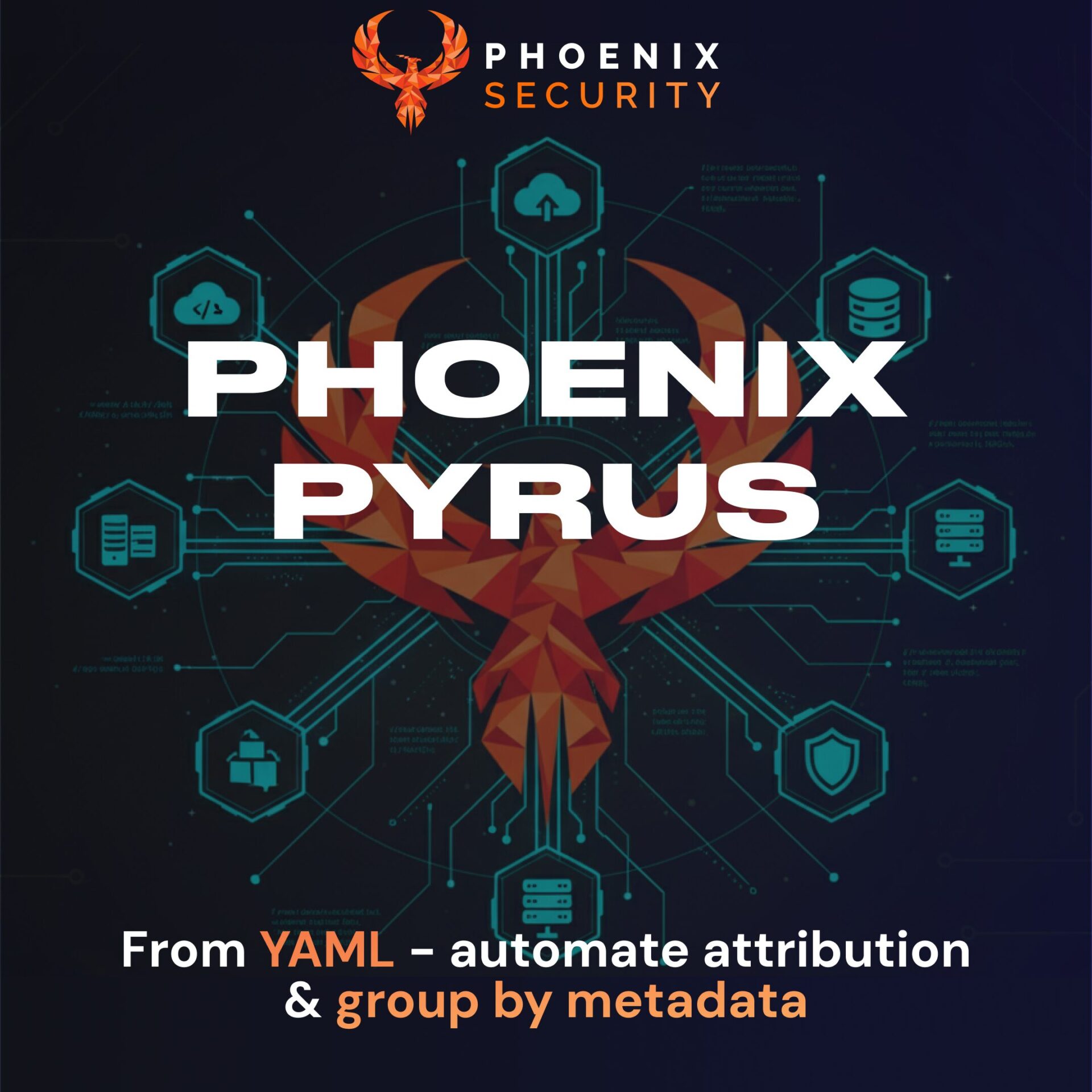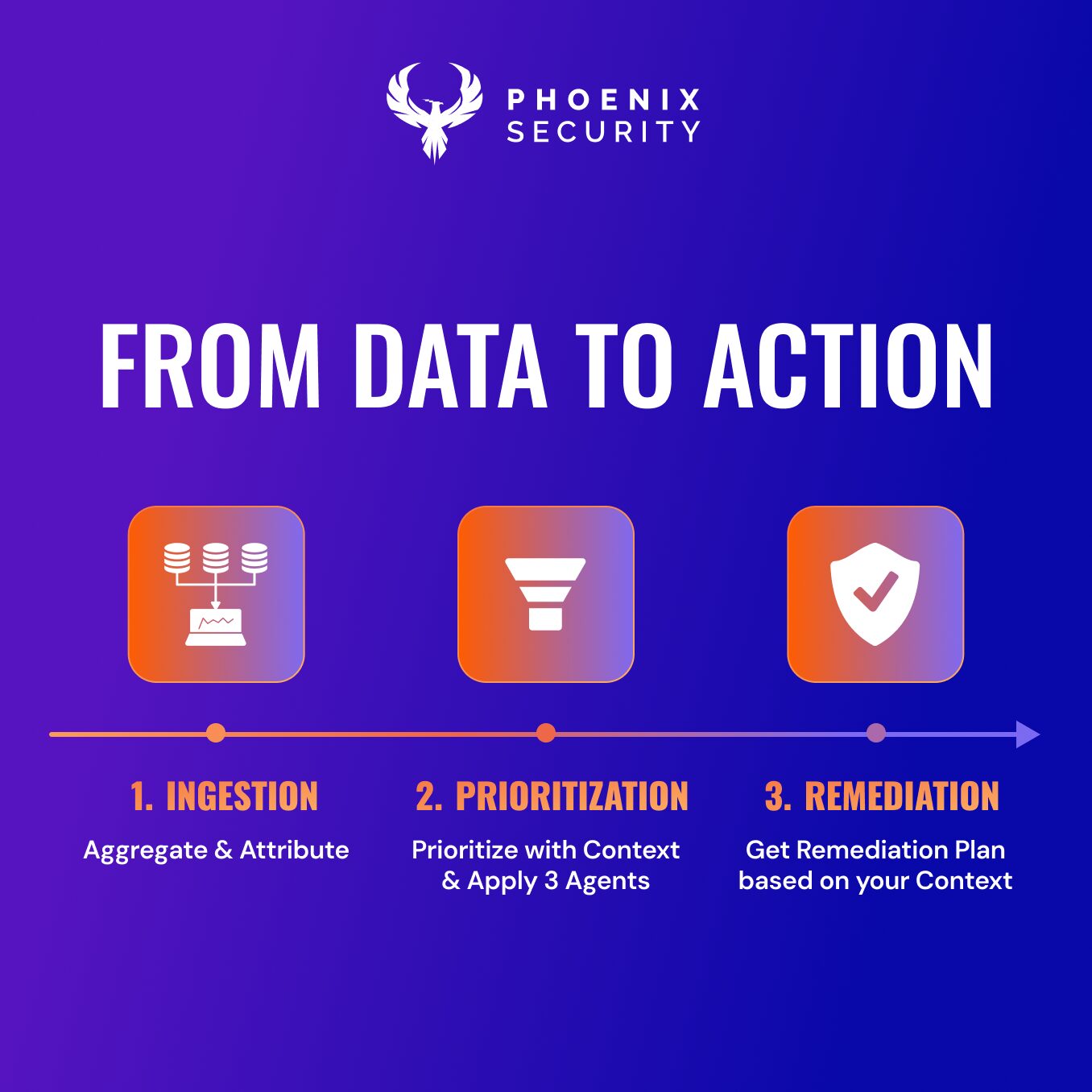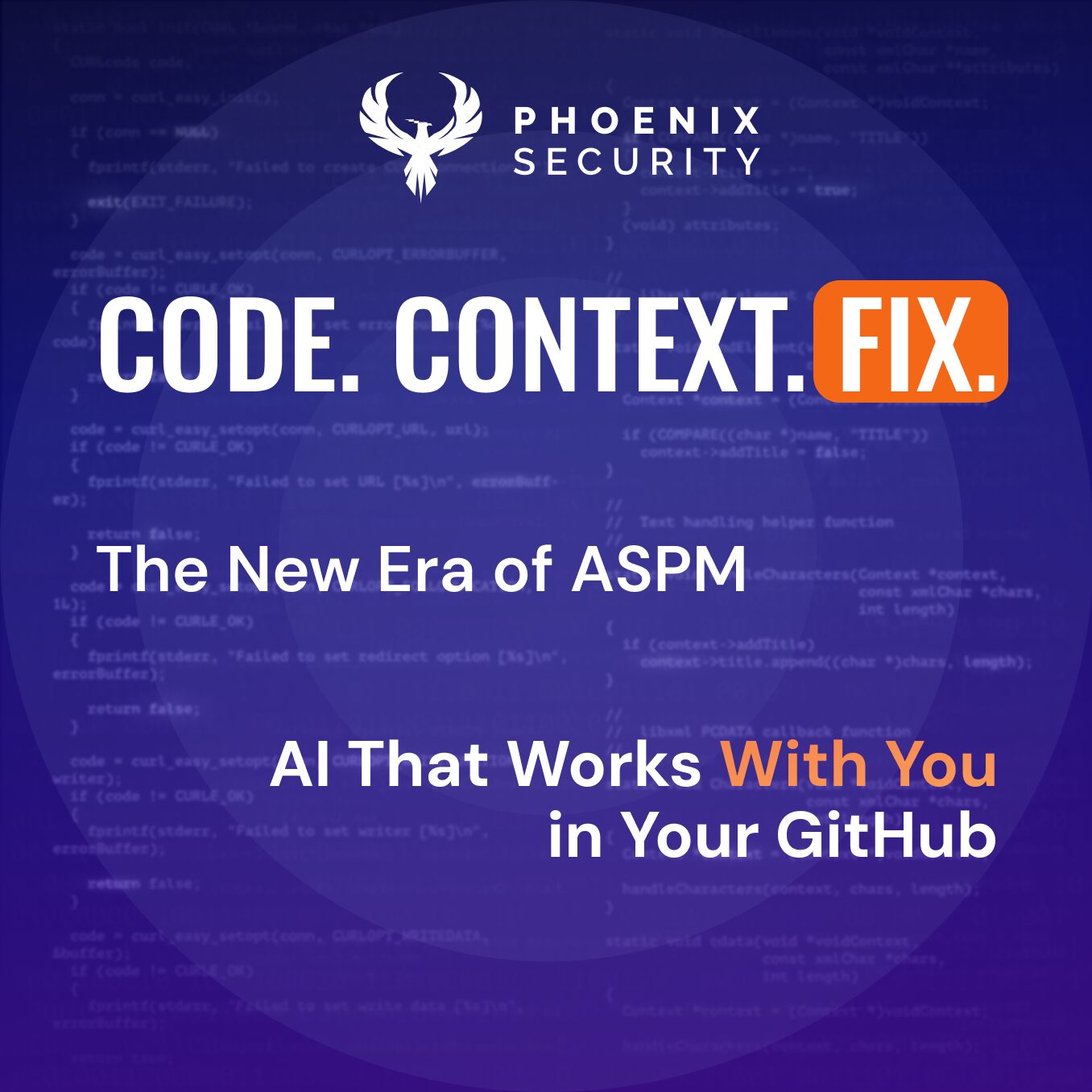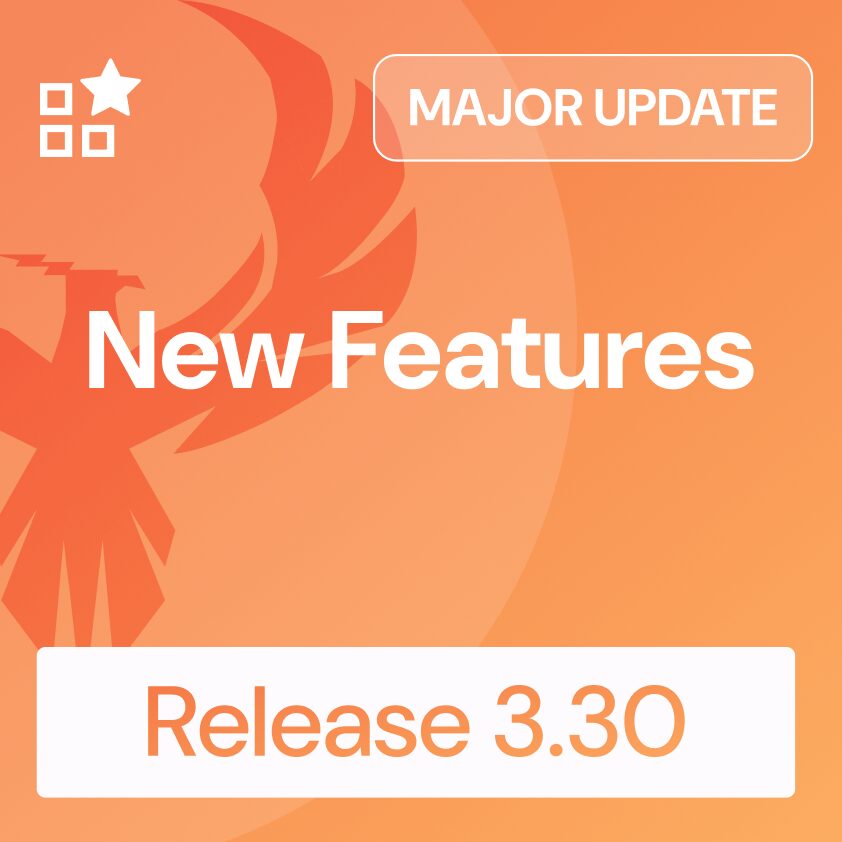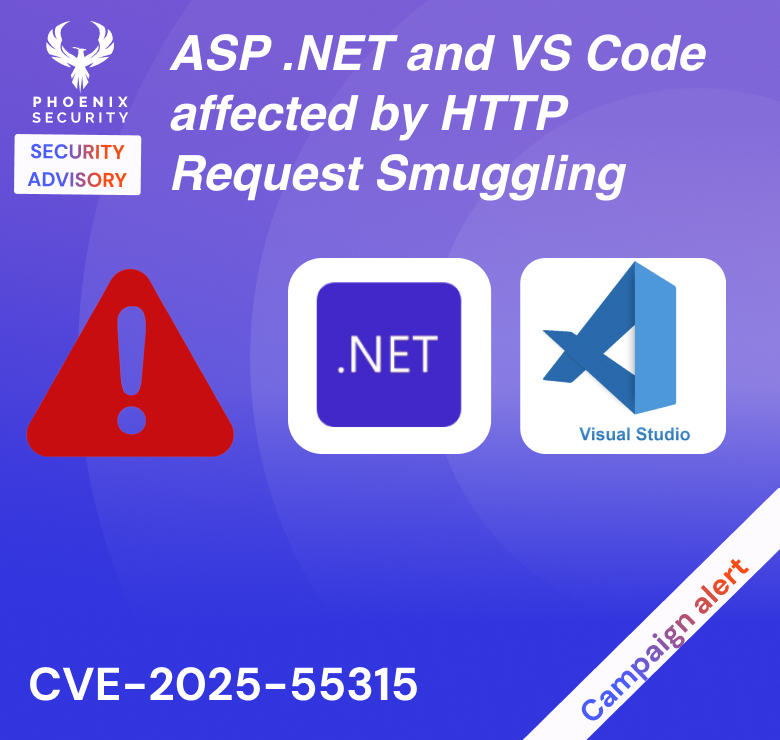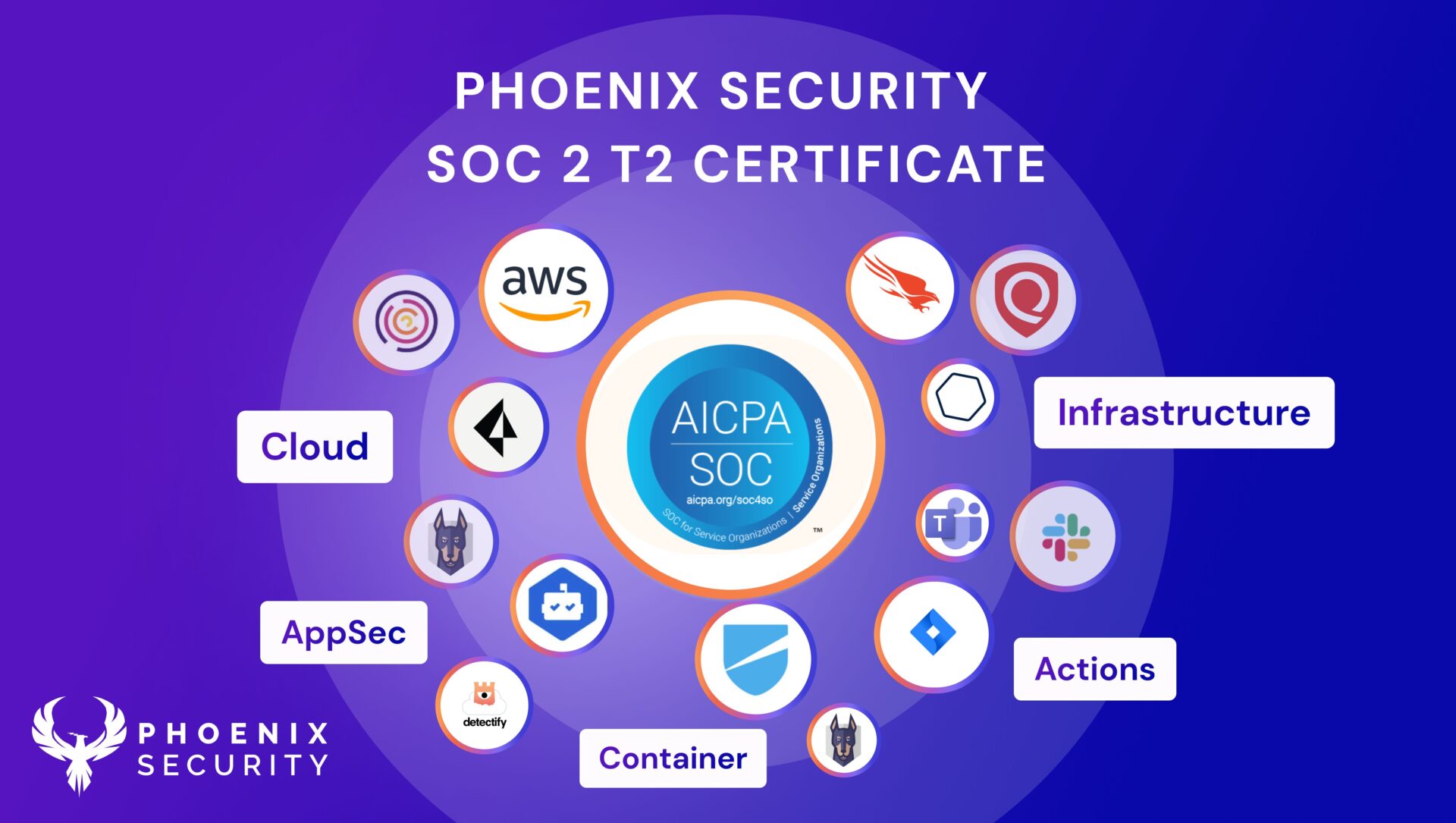if you search today ASPM you’ll get, but what makes a modern ASPM? To clarify more about the future of ASPM will break down the typical Aspen vendors, edge cases, and how to combine the core pillars of an Aspen here. Application Security Posture Management (ASPM)is a holistic approach to managing security across the software development lifecycle (SDLC). The future of ASPM is one single backlog, one single view for the security team of all vulnerabilities across code, cloud, and non-vulnerabilities artifacts.
To address these modern challenges at Phoenix, we recently released the ONE BACKLOG feature, combining security champion and vulnerability workflows into one reporting and actionable dashboard.

What makes it challenging? Organizations have very different structures; yes, ASPM is an organizational problem and a data problem more than a vulnerability problem.
What is an ASPM?
Application Security Posture Management (ASPM) is a proactive security framework that allows organizations to continuously assess and manage risks associated with their applications throughout the SDLC. By integrating insights from various security tools, ASPM provides a unified view of vulnerabilities and risks, enabling organizations to prioritize remediation efforts effectively. This approach goes beyond traditional application security measures by encompassing the application code and the underlying infrastructure, APIs, third-party software, and cloud environments.
Check out our comprehensive description here.
What are the Benefits of ASPM?
ASPM offers numerous benefits, including:
1. Unified Visibility: ASPM provides a comprehensive view of an organization’s security posture by consolidating data from various scanning tools and security assessments. This visibility helps organizations effectively identify vulnerabilities across their application portfolio.
2. Risk-Based Prioritization: By analyzing vulnerabilities in the context of business impact and threat intelligence, ASPM enables security teams to prioritize issues that pose the most significant risk, ensuring that resources are focused on high-priority tasks.
3. Improved Remediation Efficiency: ASPM automates and streamlines remediation workflows, allowing teams to address vulnerabilities more quickly and efficiently. This reduces the burden on developers and enhances overall productivity, speeding up the vulnerability management process.
4. Continuous Monitoring: ASPM solutions provide real-time monitoring of applications, enabling organizations to detect new vulnerabilities as they emerge and respond promptly to potential threats.
5. Enhanced Collaboration: By fostering communication between development, security, and operations teams, ASPM promotes a collaborative approach to application security, improving overall security posture.
What Does ASPM Stand For?
ASPM stands for Application Security Posture Management. It encompasses a set of practices and tools designed to systematically manage application security risks, ensuring that organizations can maintain a robust security posture throughout the software development lifecycle.
The Future of ASPM
As the landscape of application security and vulnerability management continues to evolve, several key factors will shape the future of ASPM:
1. Code-to-Cloud Native ASPM
The shift to cloud-native applications requires ASPM solutions to integrate seamlessly across diverse environments. Vulnerability management and application security are also converging. By leveraging code-to-cloud visibility, organizations can gain insights into security risks throughout the entire application lifecycle, from development to deployment.
2. Maximizing the Use of Existing Scanning Tools
Organizations often invest in multiple scanning tools. Future ASPM solutions will focus on maximizing the utility of these existing tools by integrating their findings into a unified view, ensuring that organizations can leverage their investments effectively.
3. Contextualizing, Prioritizing, and Deduplicating Findings
ASPM will continue to advance in its ability to contextualize risks, prioritize vulnerabilities based on business impact, and deduplicate findings from various scanning tools. This will streamline remediation efforts and help organizations focus on the most critical issues.
4. Communicating the Right Risk to the Right Stakeholders
Effective communication of security risks is crucial. Future ASPM solutions will emphasize delivering tailored insights to different stakeholders, ensuring that security concerns are understood and addressed at all organizational levels.
5. Managing Teams and Communicating the Right Metrics
To foster a culture of security, ASPM will play a vital role in managing teams and communicating relevant metrics. Organizations can enhance accountability and drive continuous improvement by providing clear insights into security performance.
6. Managing Non-Vulnerability Findings
ASPM will evolve to encompass non-vulnerability findings, such as results from penetration testing reports and threat modeling exercises. This comprehensive approach will enable organizations to maintain a well-rounded view of their s
7. Facilitating Security Champions and a Culture of Change
Promoting a culture of security within organizations is essential. ASPM can facilitate the development of security champions—individuals who advocate for security best practices—helping to instill a proactive security mindset across teams.
How does the ASPM solution help prioritize vulnerabilities
effective vulnerability management is crucial for safeguarding an organization’s assets and reputation. Application Security Posture Management (ASPM) plays a vital role in this process by systematically prioritizing vulnerabilities and bridging the gap between development and operational teams.
The Limitations of CVSS
The Common Vulnerability Scoring System (CVSS) has long been the go-to framework for assessing vulnerabilities. However, its reliance on a numerical score has significant drawbacks:
1. Lack of Context: CVSS scores fail to account for the specific context of a vulnerability, making it difficult for organizations to understand the real-world impact on their systems. A high CVSS score does not necessarily indicate a critical risk if the affected component is not vital to the organization.
2. Underutilized Temporal Score: The CVSS Temporal score, which considers factors such as exploitability and remediation levels, has never gained widespread adoption. This further limits the system’s utility in dynamic environments where the context of vulnerabilities is continually changing.
3. Inconsistent Scoring by CNAs: Multiple CVE Numbering Authorities (CNAs) often publish varying scores for the same vulnerability, leading to confusion and inconsistency in risk assessment. This fragmentation makes it challenging for organizations to rely solely on CVSS to prioritize their security efforts.
The Case for Risk Quantification
To overcome the limitations of CVSS, organizations are increasingly turning to risk quantification as a more effective method for communicating the potential impact of vulnerabilities. This approach considers various factors beyond numerical scores, such as:
• Reachability Analysis: Identifying which vulnerabilities are accessible and exploitable within the current environment.
• Business Context: Evaluating the importance of the vulnerable application or component about business operations and objectives.
• Attribution to Development Teams: Assigning ownership of vulnerabilities to the appropriate development teams, ensuring accountability and focused remediation efforts.
Bridging the Gap Between Development and Operations
The challenges of aligning vulnerability prioritization methods between operational environments (cloud, container, infrastructure) and development lifecycles can create silos within organizations. While operational teams often consider threat intelligence, threat actors, and installed products in their assessments, application security teams focus primarily on vulnerabilities in the code.
As the lines between code and cloud environments blur, it becomes increasingly important to integrate these perspectives. ASPM addresses this divide by providing a unified framework for prioritizing vulnerabilities based on a comprehensive understanding of both operational and developmental contexts.
Check our podcast with the EPSS team
ASPM’s Role in Contextualization and Correlation
At Phoenix Security, we leverage ASPM to correlate and contextualize vulnerabilities, ensuring that the right vulnerabilities are delivered to the right teams. Our recent initiatives, including the unified backlog and security champion features, facilitate collaboration between application security and operational teams. This approach empowers organizations to manage vulnerabilities more effectively, regardless of whether they originate in code or operations.
By adopting ASPM, organizations can move beyond outdated scoring systems like CVSS and embrace a more holistic view of vulnerability management. This enhances security posture and aligns security efforts with business goals, ultimately reducing risk and fostering a proactive security culture.
In conclusion, ASPM provides a robust framework for prioritizing vulnerabilities that transcend the limitations of legacy systems. This ensures that organizations can confidently navigate the complexities of modern application security.
Conclusion
Application Security Posture Management (ASPM) will be key in bringing asset inventories, attribution, and prioritization and cater to operation and application security. By providing unified visibility, risk-based prioritization, and enhanced collaboration, ASPM equips security teams to address vulnerabilities proactively. As we look to the future, embracing code-to-cloud approaches, maximizing existing tools, and fostering a security culture will be critical in enhancing application security posture.
By understanding the nuances of ASPM and its strategic importance, organizations can strengthen their defenses, protect sensitive data, and maintain customer trust in an increasingly digital world.
Get on top of your code and container vulnerabilities with Phoenix Security Actionable ASPM powered by AI-based Reachability Analysis

Organizations often face an overwhelming volume of security alerts, including false positives and duplicate vulnerabilities, which can distract from real threats. Traditional tools may overwhelm engineers with lengthy, misaligned lists that fail to reflect business objectives or the risk tolerance of product owners.
Phoenix Security offers a transformative solution through its Actionable Application Security Posture Management (ASPM), powered by AI-based Contextual Quantitative analysis. This innovative approach correlates runtime data with code analysis to deliver a single, prioritized list of vulnerabilities. This list is tailored to the specific needs of engineering teams and aligns with executive goals, reducing noise and focusing efforts on the most critical issues.
Why do people talk about Phoenix?

• Automated Triage: Phoenix streamlines the triage process using a customizable 4D risk formula, ensuring critical vulnerabilities are addressed promptly by the right teams.
• Contextual Deduplication with reachability analysis: Utilizing canary token-based traceability for network reachability and static and dynamic runtime reachability, Phoenix accurately deduplicates and tracks vulnerabilities within application code and deployment environments, allowing teams to concentrate on genuine threats.
• Actionable Threat Intelligence: Phoenix provides real-time insights into vulnerabilities’ exploitability, combining runtime threat intelligence with application security data for precise risk mitigation.

By leveraging Phoenix Security, you not only unravel the potential threats but also take a significant stride in vulnerability management, ensuring your application security remains up to date and focuses on the key vulnerabilities.



